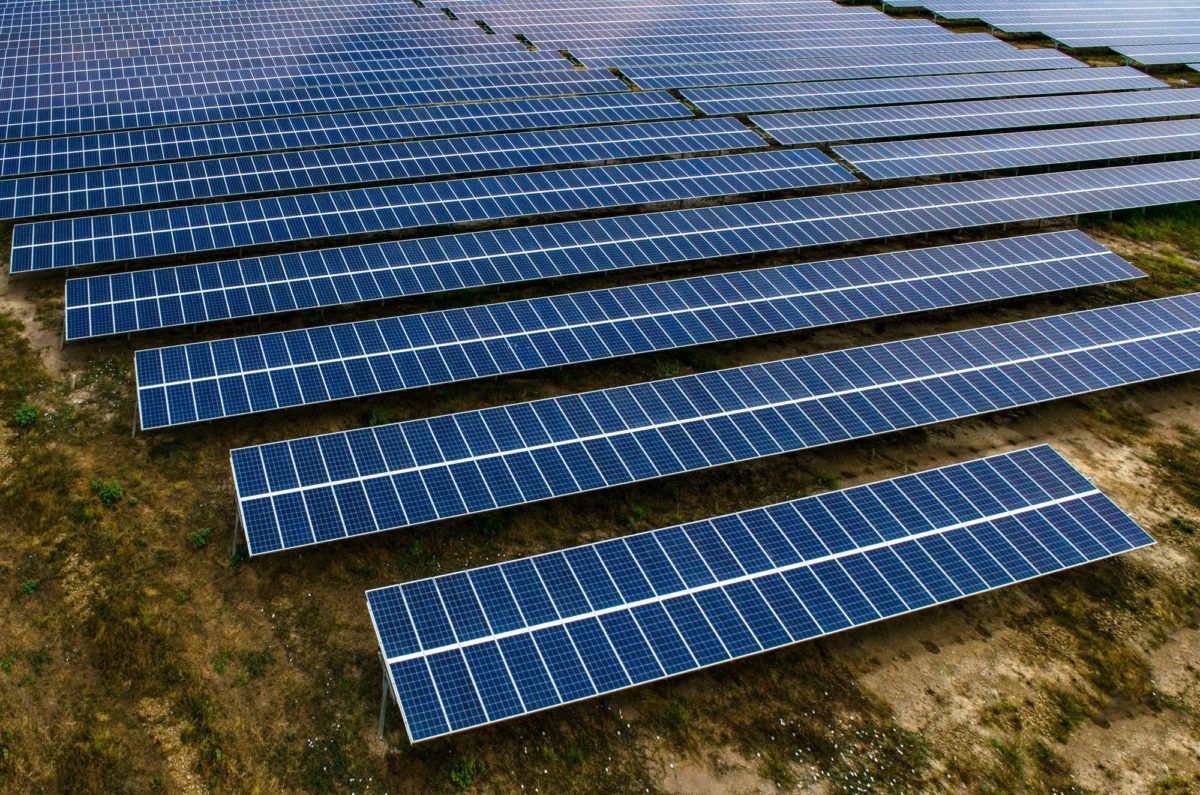After being rejected by the Corangamite Shire Council amid strong opposition from local farmers, the 200 MW Bookaar Solar Farm was denied a planning permit by Victoria’s planning arbitrator. In handing down its decision, the Victorian Civil and Administrative Tribunal (VCAT) pointed to a lack of information around drainage and bushfire management in the application submitted.
The Bookaar solar farm – a joint project of solar developer Infinergy Pacific and landowners, former Corangamite MP Stewart McArthur and family – was proposed to feature up to 700,000 solar panels, inverters, a substation and battery storage across a 558 hectare site. The solar development was to be located 10 kilometres north-west of Camperdown.
The $150 million solar development was faced with strong local opposition from the onset. It received only five submissions in support and 81 objections for various reasons, including size, visual impact and loss of agricultural land. At the time of the council vote last September, Corangamite Shire Councillor Neil Trotter said the key issue that councillors had rallied behind was the loss of agricultural land, but also underlined that it had been “lineball call” in terms of planning.
Corangamite Shire Council welcomed the VCAT decision on Friday, noting its original decision to refuse a planning permit was based around similar concerns. “The proposal was for a major facility of substantial scale and size. As a Council, we felt there needed to be more detail in the planning documentation provided and there were significant issues around drainage and fire control that had not been adequately addressed,” Mayor Neil Trotter said, noting that loss of agricultural land and community opposition were also contributing factors.
In its report, VCAT emphasised there was strong state planning policy support for renewable energy facilities, and that the applicant could consider a fresh proposal to address all concerns in the findings.
Solar guidelines
Last year, Corangamite Shire councillors raised concerns about a lack of guidance from the State Government for an assessment of solar farms in Victoria. Namely, while wind farms have to be approved by the state planning minister, solar farm approval falls to local government.
Previously, the same issue was put in the limelight when Greater Shepparton City Council declared itself ill-equipped to approve solar developments in its shire. As a result, four solar farm permit applications were called in by the state planning minister, amid opposition from local farmers to solar developments on prime agricultural land.
The much-awaited solar farm guidelines were delivered by the Victorian Government last month to outline the assessment and development process for large-scale solar projects. “The guidelines will help to ensure community consultation is part of the process from an early stage, so local residents are engaged, informed and have an opportunity to provide input before the planning permit is lodged,” Minister for Planning, Lily D’Ambrosio said.
The new set of guidelines attempts to ensure new solar energy facilities are built in the right locations, meaning they are easily accessible to the electricity transmission network; they avoid or minimise impacts on their local environments; and that issues such as impacts on productive agricultural areas and irrigated areas or impacts on sensitive uses within their proximity are considered.
This content is protected by copyright and may not be reused. If you want to cooperate with us and would like to reuse some of our content, please contact: editors@pv-magazine.com.









This fear of the loss of prime agricultural land is a complete furphy.
1. If the panels are elevated so that the lower edge is about 800 mm off the ground, sheep can safely graze, Evaporation is reduced by both shading and reduced wind speeds at ground level, at typical coverage rates pasture productivity can be maintained and in dry years possibly even increased.
2. Alternately the land can be replanted with native grasses and wildflowers to form a haven for pollinators which will improve the yield of surrounding farmland
3. Even if the land was sterilised, the shire of Corangamite has approximately 4,000 square km of farmland which provides employment for about 1,600 direct and support people such as vets etc. or 0.4 jobs per square km. This farm will take up 5.5 square km so in theory reducing farming employment by 2.5 jobs or 60+ man years over its life. However building the farm will also provide about 150 man years of work for locals and ongoing maintenance and support will provide a further 50-100 labour years of local work. so local jobs will increase by roughly 4 times the loss of farm work. These jobs will be impervious to droughts, markets or foreign trade wars and generally better paid than farm work so a strong win to the local economy.
4. In terms of output, land in that region returns a gross return of about $500/ha/y as grazing land, so this site will provide a gross return of $275,000 of which about 50-60% ends up as revenue to locals. Even at $45/MWh a 200 MW solar farm will generate $22,000,000 worth of power. If only 2% of that remains in the district in the form of increased rates to the council, community development funds, farm lease payments and local labour the return to the local economy is double that of the farm land
For all you prospective solar farm developers out there, http://www.AlionEnergy.com have developed a concrete ballasted solar PV tracking solution that allows you to build close to the grid on land that is far from ideal for agriculture.
A solar tracker that can be built on rock, clay, undulations, even on top of landfill!